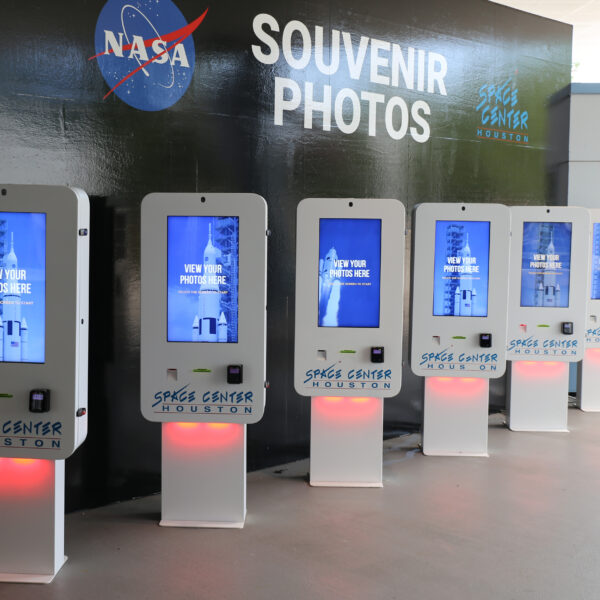
Kiosks
Close
Kiosk Industries


Store displays play a crucial role in showcasing products and attracting the attention of potential customers at retail. When planning your in-store marketing strategy, it's important to understand the difference between temporary and permanent displays and why one may be a better option for you versus the other. Read on to discover the key differences between temporary and permanent retail displays.
When determining your point of purchase plans, how do you know which type of display you’ll need?
Temporary displays are frequently used for seasonal items, promotional products, or merchandise for a short-term event or campaign. Examples include holiday decorations, limited-edition items, new product launches, or CPG goods. These displays are designed to be eye-catching, engage customers, and hold a large amount of product; however, it’s understood they’ll be discarded after a few months.
On the other hand, permanent displays are ideal for products that have a long shelf life and require constant visibility. These displays are sturdier and designed to withstand heavy traffic. They are excellent for showcasing staple goods, high-ticket items, or a variety of product lines. In short, permanent retail displays are an investment in long-term marketing and branding within a retail environment.
Because temporary displays are designed for short-term use, their usual lifespan is no more than a year in the field. These displays are primarily made from lightweight, inexpensive materials such as cardboard, making them easily customizable as well as disposable.
Alternatively, permanent displays are built to last for an extended period, often several years. Crafted from strong materials like metal, wood, or plastic, these displays are built to withstand frequent customer interactions. They are usually more expensive and require a higher upfront investment, but their longevity makes them cost-effective over time.
When designing permanent displays, manufacturers keep durability in mind. Because store displays are often placed in high-traffic areas, certain features can help keep them looking new. For instance, levelers can be used on the bottom of displays to keep them off the floor during mopping as well as make sure the display doesn't wobble on unlevel surfaces. In addition, materials like powder-coated metal, especially on a base, can help withstand bumps and provides rust resistance. Even simple elements like rounded corners weather abuse better than sharp edges.
Temporary displays are designed only to last for a short while, so updating these displays is rare. They're often in the field for a product launch or holiday season and then taken down shortly after.
In the case of permanent retail displays, brands have the flexibility to update their displays as needed. Companies might choose to manufacture displays with removable graphics or updateable signage areas. In addition, some displays are designed for modularity, so displays can be assembled in different ways and new products can be added or removed. This extends the lifespan of the display across many seasons and marketing objectives.
It's no surprise temporary displays are less expensive than permanent displays. This cost difference stems from the materials used, the manufacturing process, and the length of time they stay in the store. Because they're ordinarily used to promote less expensive merchandise, the lower price tag makes sense for brands.
However, because permanent displays offer greater durability and longer shelf life, they're ideal for brands promoting non-seasonal merchandise. They also act as an extension of a brand's messaging and look. The initial investment up front is worth the ROI and brand continuity in the end.
In conclusion, both temporary and permanent retail displays are crucial to retail marketing and promoting a brand’s objective. Knowing your product and defining your objectives will determine which option is the better route for your in-store marketing plan.